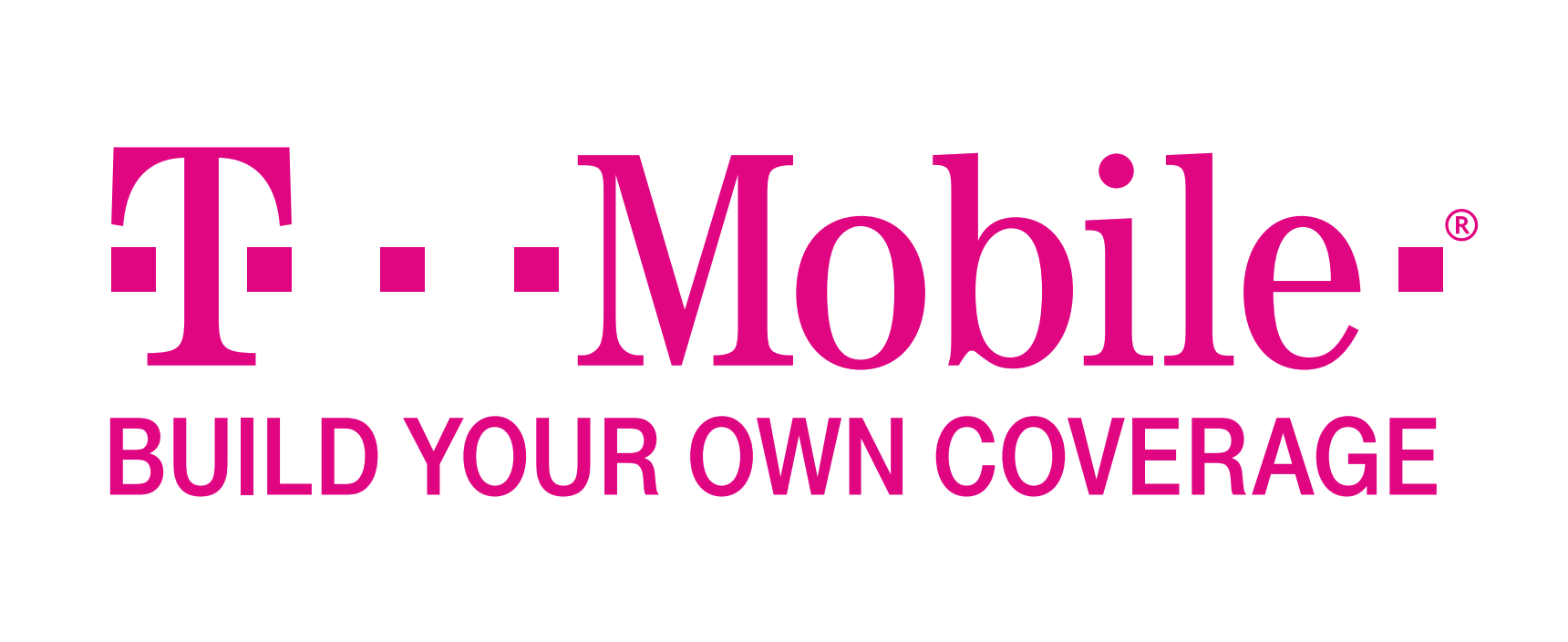‘Bring Your Own Device’ Policies Push Tenants, Owners Toward In-Building Wireless

As technology has come to define productivity, companies have started providing much more than a desktop computer and a keyboard. A few years ago, employees at large companies could expect to be issued laptops, smartphones and even tablets. But increasingly, companies are relying on devices that don’t belong to them.
“When they wanted to give their employees phones, corporations used to sign up with cellular carriers and were given several devices,” said Luke Lucas, senior manager for engineering business development at T-Mobile. “Now, since so many people have laptops and smartphones already, ‘bring your own device,’ or ‘BYOD’ policies have become the norm.”
When every employee was using the same device on the same network, companies could generally predict and guarantee a level of reception and productivity, Lucas said. Now that BYOD has become the norm, companies face the issue of how to ensure every employee stays productive, no matter what hardware and carrier they use. Instead of providing smartphones themselves, companies are providing infrastructure that connects them: reliable in-building wireless.
Many employees struggle to get cell reception in their offices, because the buildings they work in tend to block a cell signal. To bridge that divide, T-Mobile has launched a program partnering with tenants and landlords to implement carrier-neutral, in-building wireless networks like small cells and distributed antenna systems.
“Connectivity can’t be a wild card,” Lucas said. “No company wants to lease a space and find out later what the in-building wireless situation is like. Their employees need to be able to make calls that are crisp, clear and functional, not shuttled and compressed alongside all the other WiFi and broadband demands flowing into the office.”
An in-building system can light up former dead zones like parking structures and internal hallways with cell reception, bringing in a crystal-clear signal and ending dropped calls. This increased connectivity translates into more productive employees and more satisfied tenants.
Large companies are including in-building networks in the tenant improvement budgets that landlords provide to turn raw spaces into fully functional offices. Wireless connectivity, Lucas said, is increasingly viewed as a utility just as crucial to productive office space as electricity and plumbing.
Landlords interested in attracting large corporate occupants can also invest in in-building wireless systems long before a prospective tenant asks for one.
“Owners can have some vision for the future and implement an in-building wireless system now,” Lucas said. “When they sell or refinance, appraisers and brokers are going to take that network into account and boost the building’s valuation.”

Buildings with a small cell or distributed antenna system are able to charge more in rent and tend to have tenants sign longer leases. By reducing tenant frustration, an in-building network can also drive down tenant turnover, which Lucas explained has costs far beyond lost rent.
“One of your tenants may decide to move out because they’ve found a more reliable building,” Lucas said. “Now their empty suite will sit on the market for months or more, and you may have to clean it up, market it and offer a whole new tenant improvement package.”
Lucas added that more brokers and building appraisers are asking owners and developers about in-building wireless networks when searching for office space. And while developers and owners still tend to construct buildings only up to code, the idea that in-building networks are necessary for any landlord who wants to hold on to their tenants is slowly taking hold.
“It’s not just from cell carriers, and it’s not just from tenants,” Lucas said. “Now, the architect is asking about in-building wireless, and the broker is asking about in-building wireless. If we dribble this in owners’ ears enough times, it may start to become the norm.”
Even if owners decide against implementing an in-building network, they can set themselves up for success by leaving room for adaptability. That includes running fiber optics throughout an entire building, providing their building with adequate power and leaving room for more wiring and additions in the future.
“Trying to change the CRE industry is like trying to steer an oil tanker,” Lucas said. “But we’re slowly getting through to owners. The ship is moving.”
This feature was produced in collaboration between Bisnow Branded Content and T-Mobile Build Your Own Coverage. Bisnow news staff was not involved in the production of this content.

